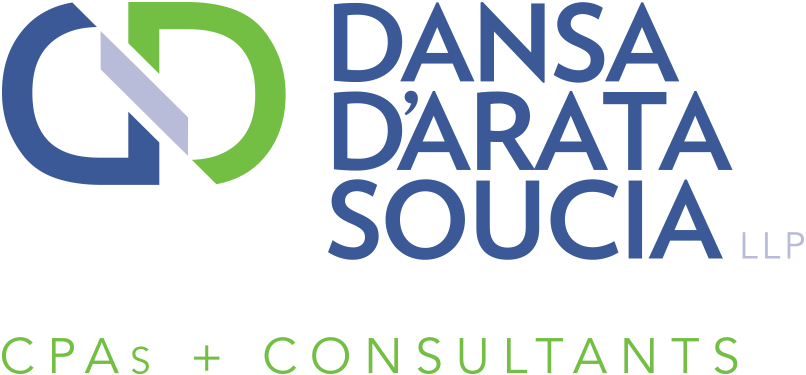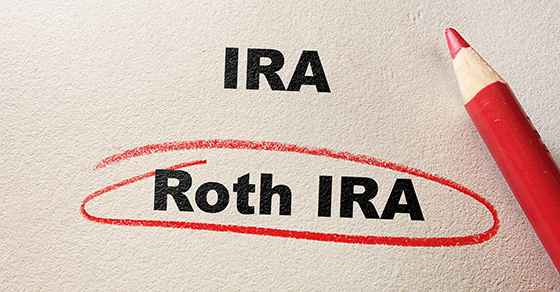Watch out for potential tax pitfalls of donating real estate to charity
 Charitable giving allows you to help an organization you care about and, in most cases, enjoy a valuable income tax deduction. If you’re considering a large gift, a noncash donation such as appreciated real estate can provide additional benefits. For example, if you’ve held the property for more than one year, you generally will be able to deduct its full fair market value and avoid any capital gains tax you’d owe if you sold the property. There are, however, potential tax pitfalls you must watch out for:
Charitable giving allows you to help an organization you care about and, in most cases, enjoy a valuable income tax deduction. If you’re considering a large gift, a noncash donation such as appreciated real estate can provide additional benefits. For example, if you’ve held the property for more than one year, you generally will be able to deduct its full fair market value and avoid any capital gains tax you’d owe if you sold the property. There are, however, potential tax pitfalls you must watch out for:
Donation to a private foundation. While real estate donations to a public charity generally can be deducted at the property’s fair market value, your deduction for such a donation to a private foundation is limited to the lower of fair market value or your cost basis in the property.
Property subject to a mortgage. In this case, you may recognize taxable income for all or a portion of the loan’s value. And charities might not accept mortgaged property because it may trigger unrelated business income tax. For these reasons, it’s a good idea to pay off the mortgage before you donate the property or ask the lender to accept another property as collateral for the loan.
Failure to properly substantiate your donation. This can result in loss of the deduction and overvaluation penalties. Generally, real estate donations require a qualified appraisal. You’ll also need to complete Form 8283, “Noncash Charitable Contributions,” have your appraiser sign it and file it with your federal tax return. If the property is valued at more than $500,000, you’ll generally need to include the appraisal report as well.
Sale of the property within three years. The charity must report the sale to the IRS, and if the price is substantially less than the amount you claimed as a tax deduction, the IRS may challenge your deduction. To avoid this result, be sure your initial appraisal is accurate and well documented.
Sale of the property to someone related to you. If the charity sells the property you donated to your relative (or to someone with whom you negotiated a potential sale), the IRS may argue that the sale was prearranged and tax you on any capital gain.
If you’re considering a real estate donation, plan carefully and contact us for help ensuring that you avoid these pitfalls.
© 2017


 From the baseball field to the boardroom, statistical analysis has changed various industries nationwide. With proper preparation and guidance, business owners can have at their fingertips a wealth of stats-based insight into how their companies are performing — far beyond the bottom line on an income statement.
From the baseball field to the boardroom, statistical analysis has changed various industries nationwide. With proper preparation and guidance, business owners can have at their fingertips a wealth of stats-based insight into how their companies are performing — far beyond the bottom line on an income statement. At back-to-school time, much of the focus is on the students returning to the classroom — and on their parents buying them school supplies, backpacks, clothes, etc., for the new school year. But let’s not forget about the teachers. It’s common for teachers to pay for some classroom supplies out of pocket, and the tax code provides a special break that makes it a little easier for these educators to deduct some of their expenses.
At back-to-school time, much of the focus is on the students returning to the classroom — and on their parents buying them school supplies, backpacks, clothes, etc., for the new school year. But let’s not forget about the teachers. It’s common for teachers to pay for some classroom supplies out of pocket, and the tax code provides a special break that makes it a little easier for these educators to deduct some of their expenses. Converting a traditional IRA to a Roth IRA can provide tax-free growth and the ability to withdraw funds tax-free in retirement. But what if you convert a traditional IRA — subject to income taxes on all earnings and deductible contributions — and then discover that you would have been better off if you hadn’t converted it? Fortunately, it’s possible to undo a Roth IRA conversion, using a “recharacterization.”
Converting a traditional IRA to a Roth IRA can provide tax-free growth and the ability to withdraw funds tax-free in retirement. But what if you convert a traditional IRA — subject to income taxes on all earnings and deductible contributions — and then discover that you would have been better off if you hadn’t converted it? Fortunately, it’s possible to undo a Roth IRA conversion, using a “recharacterization.”


 Is business going so well that you’re thinking about adding another location? If this is the case, congratulations! But before you start planning the ribbon-cutting ceremony, take a step back and ask yourself some tough questions about whether a new location will grow your company — or stretch it too thin. Here are four to get you started:
Is business going so well that you’re thinking about adding another location? If this is the case, congratulations! But before you start planning the ribbon-cutting ceremony, take a step back and ask yourself some tough questions about whether a new location will grow your company — or stretch it too thin. Here are four to get you started: Now that Affordable Care Act (ACA) repeal and replacement efforts appear to have collapsed, at least for the time being, it’s a good time for a refresher on the tax penalty the ACA imposes on individuals who fail to have “minimum essential” health insurance coverage for any month of the year. This requirement is commonly called the “individual mandate.”
Now that Affordable Care Act (ACA) repeal and replacement efforts appear to have collapsed, at least for the time being, it’s a good time for a refresher on the tax penalty the ACA imposes on individuals who fail to have “minimum essential” health insurance coverage for any month of the year. This requirement is commonly called the “individual mandate.”